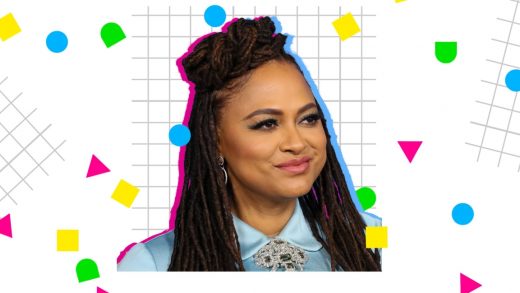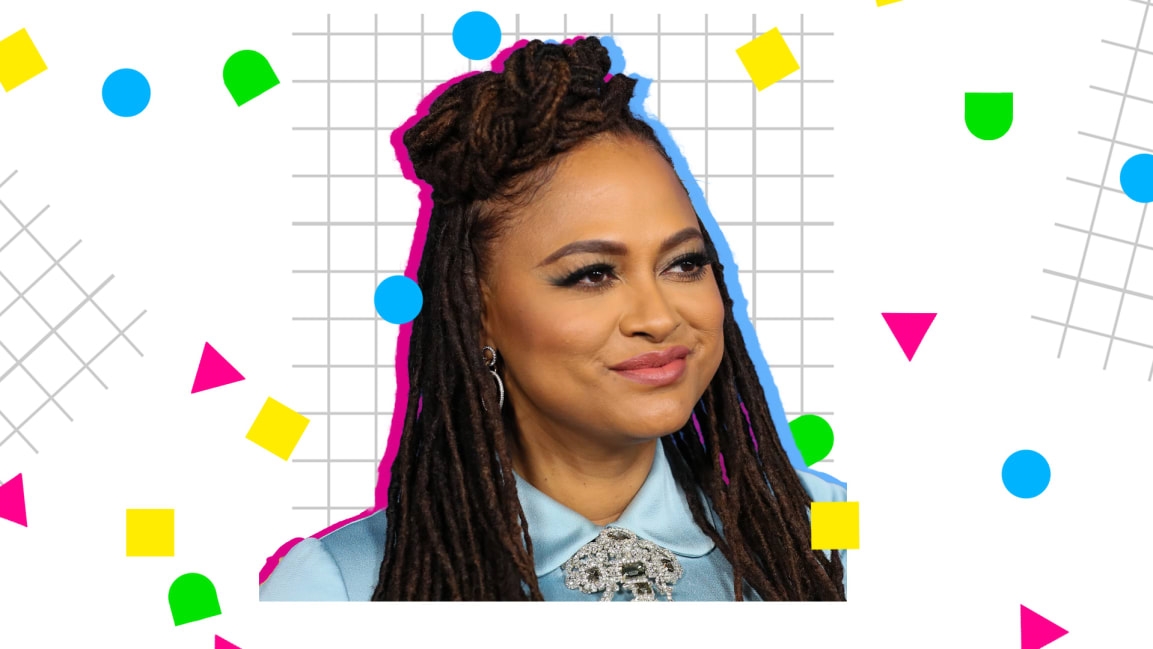How Ava DuVernay and Array are expanding the scope of inclusivity
“For me, it was really whatever I could do not to be lonely,” DuVernay said during Fast Company‘s Most Innovative Companies Summit. “I would get into these spaces as an artist and feel lonely. I wasn’t seeing any other people like me. Some people get in a room and they’re the only one and they like that. They feel special. They like that position. I don’t like that. I look around a room and I think, ‘Where’s everybody else?’”
In addition to the distribution arm Array Releasing, there’s also the production company Array Filmworks (which recently added podcasting to its purview), and the nonprofit division Array Alliance, which houses resources for grants, mentorship, and online education tools, and now Array Crew, an inclusive database of below-the-line workers, meaning camera operators, script supervisors, boom operators, and so forth.
“I recall two years ago saying, ‘We should get a really good list together. I’m thinking a spreadsheet that’s really detailed—might have a binder.’ And two years later, I’m hiring a chief technology officer,” DuVernay said. “This list-passing thing that we’ve been doing for all these years isn’t good enough to remedy a deeply systemic issue, which is people who hire crews saying, ‘I would hire people if I knew them, but I only know the same people, ’cause we hire the same people. So I can’t hire those people I don’t know.’ And our thing is saying, ‘You know what? Let us create IMDb meets LinkedIn.’”
Below are more highlights from DuVernay’s conversation, which have been edited for clarity and brevity.
On Hollywood’s (continued) reckoning with race
“The events of 2020, particularly around the conversations to do with race that happened in the summer, were so profound that they changed their course. We at Array [were] already on that course. So I can’t say it’s changed or even illuminated anything more. If anything, it gives us a benchmark, a signpost by which to hold people accountable. If you were interested in all of this last summer, are you still going to be interested in it this summer? If you posted the black square on your IG as a company, as a studio in July of 2020, what did you do in the months ’til July ’21? And so for someone like me who’s constantly thinking about those things, the benefit of that was the visibility into people declaring their solidarity with and their desire for equity. Now the question is, ‘Well, what did we do all year about it?’”
On recognizing her own blind spots to inclusivity
“I’m ahead of the curve, but the curve is a very low bar. I’m really trying to learn a lot about the deaf and hearing divide, and accessibility in terms of everything that we do at Array. We’re thinking about our captioning on every single thing we put out. Even when you come on our campus, we’re looking at the campus now that we’re closed and saying, ‘Can someone who can’t walk get through that door and up those steps?’
“We looked at our own team and said, ‘God, there’s a whole bunch of Black women here. Should we get some more other kinds of people?’ We were falling into some of the same traps that white male companies were doing when it’s all white men. We wanted brown women. We wanted white women. At one point we looked up and we had all kinds of women and we were like, ‘There are no men in this company.’ We need to understand all these perspectives.”
On widening her scope of inclusive stories to tell
“Selma took me around the world. I got to meet filmmakers from other parts of the world who had the same challenges as we did as Black filmmakers in terms of getting their material out to different kinds of folks. And that is when AFFRM became Array. And it is about films by filmmakers of color and women filmmakers of all kinds.
“We have Sovereign [on NBC], which will be the first Native American family drama. I direct the pilot for [DMZ] with Rosario Dawson and Benjamin Bratt and Freddy Miyares, putting brown folks in a DC comic on HBO Max. We executive produced White Tiger, which is Ramin Bahrani’s [adaptation of Aravind Adiga’s 2008 novel] that’s now heating up the Oscar hopeful circuit—no Black people in any of that. And yet it feels right for Array because we know that this is an echo chamber. We exist in a dome. When there’s a negative vibration, it’s negative for more than just the one.”
(25)



